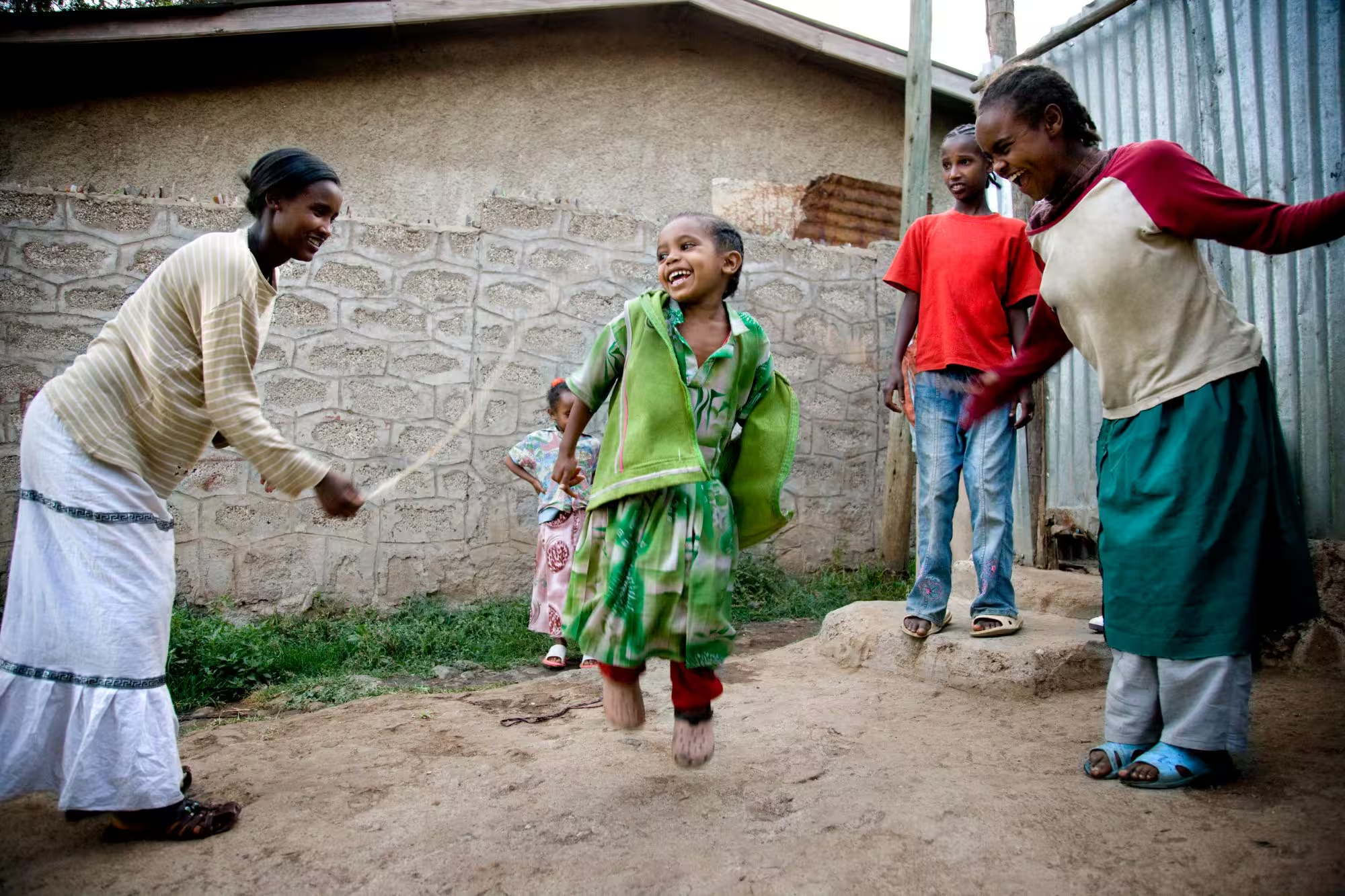Urban densification and low-cost housing in Ethiopia

Over one billion urban dwellers live in so-called ‘slums’ in the global South and this is projected to grow to more than three billion by 2050. In response, 41 of Africa’s 54 countries have announced large-scale affordable housing construction projects, led by state-owned development agencies. The Integrated Housing Development Programme (IHDP) was established in Ethiopia in 2005/6 to resolve housing and unemployment problems in urban areas of the country. It aims to enable those on low incomes, through state-subsidised housing, to become homeowners in blocks of flats whilst renewing and upgrading parts of cities and supporting the construction sector.
The project conducted a pilot study in Dilla involving qualitative interviews, mapping and spatial analysis in three housing types namely, IHDP housing, local construction without energy or water access and self-builds on the outskirts of the city. The findings in all three locations, and across income groups, revealed while all participants aspired for land and home ownership, there was an increasing gap between household income and expenditure. This forced women to look for supplementary income and casual jobs. Irregular water supply (2 days per week) puts an additional burden on households and imposes a ‘poverty penalty’ when extra water is bought for a higher unit price. In formal, ‘modern’ IHDP housing, women also reported dissatisfaction with the design and discomfort for children.
The researchers concluded that in Dilla, low-cost housing provision could be arranged around more localised centres, encouraging smaller in-situ compounds with reasonable density and access to employment. Policy recommendations are to include social welfare and environmental targets in the IHDP policy and the introduction of an alternative low-cost housing program based on self-build, ground access with improved water infrastructure and land lease.
Minna Sunikka-Blank is a member of the Department of Architecture. This project is also a part of Cambridge-Africa.
